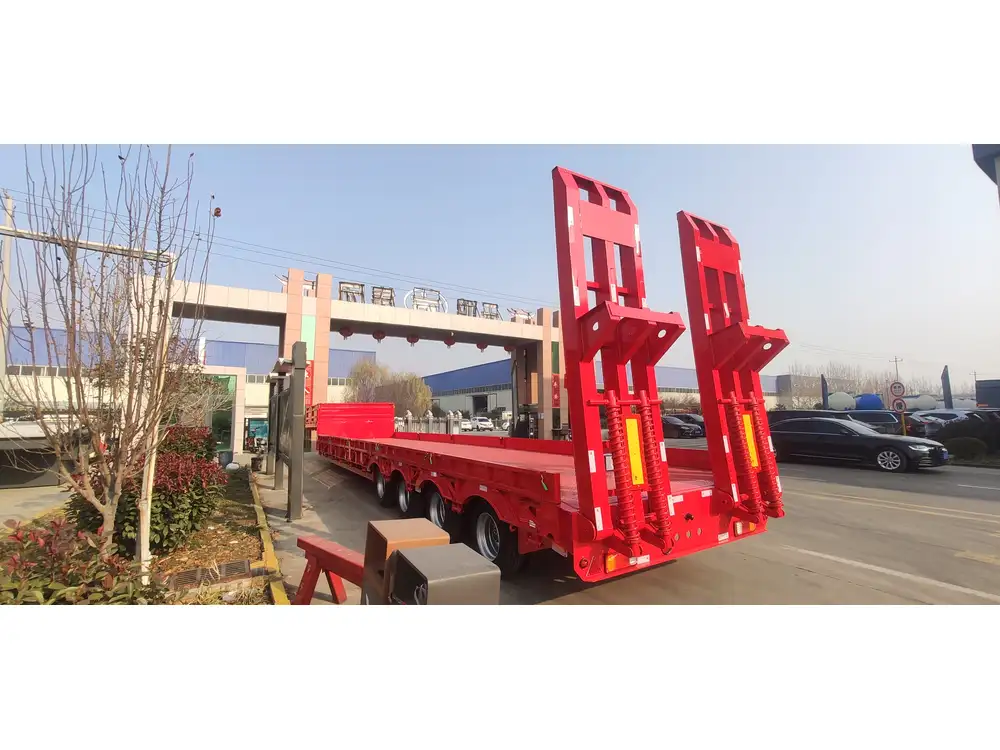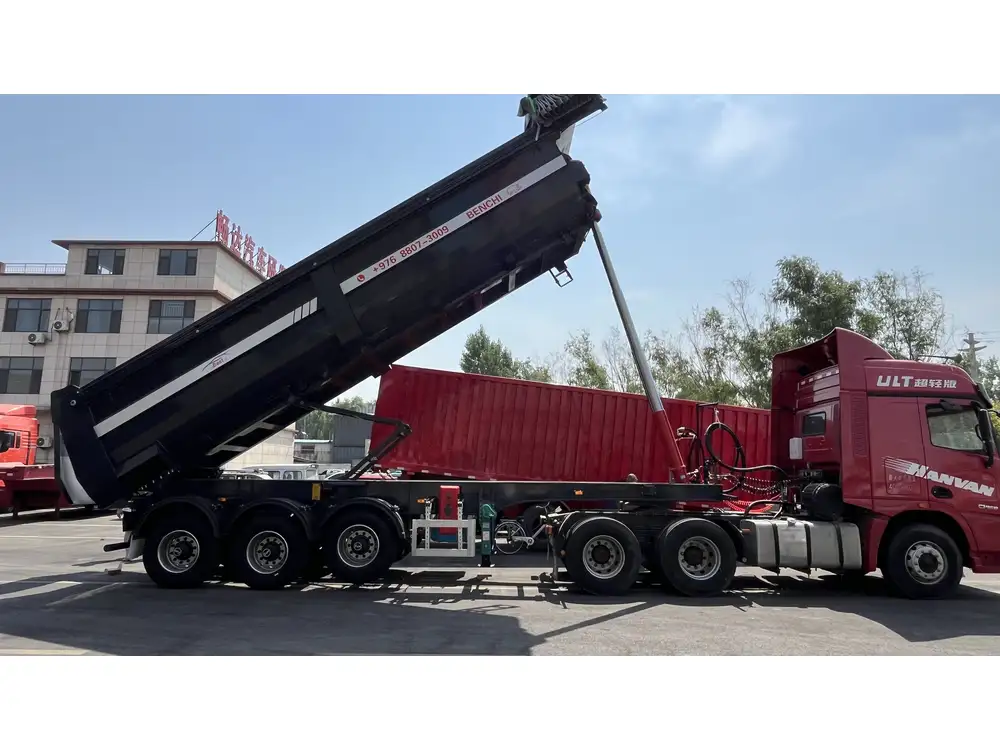Traveling in a trailer is one of life’s great pleasures, but it comes with the responsibility of ensuring that your vehicle components are kept in optimal condition, especially the water system. An often-overlooked element is the water tank, specifically when it requires heating. Understanding the nuances of your travel trailer’s water tank heating needs can significantly enhance your camping experience, particularly in colder climates.
The Importance of Heating Your Water Tank
In areas with frigid temperatures, the necessity for a properly heated water tank cannot be overstated. Freezing water leads to serious structural damages, breaches in pipes, and ultimately affects the functionality of the whole water system in your trailer. Let’s delve deeper into specific situations where heating might be necessary.
| Scenario | Reason for Heating |
|---|---|
| Sub-zero temperatures | Prevents freezing and potential burst pipes |
| Extended stays in cold climates | Ensures availability of hot water for sanitation needs |
| Overnight lows below 32°F | Stops water from freezing overnight |
| Traveling through mountainous areas | Maintains water temperature to avoid freezing |
Indicators That Your Water Tank Needs Heat

1. Temperature Monitoring
Keeping a close watch on the external environment is essential. A simple thermometer can help you gauge outside temperatures. It is advisable to anticipate heating the water tank if temperatures are forecasted to dip below 32°F (0°C).
2. Frost Accumulation
Beyond temperature, look for visual cues such as frost accumulating on your water tank or underlying plumbing lines. If frost is present, it’s a strong indication that your water tank needs heat applied immediately.
3. Higher Energy Requirement
If you find that your water heater is consistently working harder than usual, it could be due to the tank not retaining heat effectively. This can happen during cold spells when heating solutions are inadequate.

4. Water Flow Issues
Noticing a drop in water flow or unusual pressure changes during usage? These can be signs of frozen water lines. Take immediate action to heat the tank and any exposed plumbing.
Effective Methods for Heating Your Travel Trailer’s Water Tank
Choosing the right strategy for heating your water tank is critical. Below are popular methods employed by seasoned travelers to keep their water systems functioning smoothly.
Electric Tank Heaters
Electric heaters are a reliable option for maintaining water temperatures. They are convenient, low-maintenance, and often come with thermostatic controls that help automatically regulate the heating process.
- Pros: Easy installation, consistent heating.
- Cons: May increase electricity usage significantly, can be less effective if sources are limited.

Heat Trace Tape
This is an efficient way to apply heat directly to the pipes. The tape, which can be wrapped around pipes, is designed to prevent freezing by emitting heat whenever the temperature drops.
| Type of Heat Trace Tape | Ideal Use |
|---|---|
| Self-regulating | Works well in fluctuating temperatures |
| Constant watt density | Best for consistently cold areas |
- Pros: Simple application, great for preventing freezing in pipes.
- Cons: Requires proper installation for effective results.
Propane Heaters
For those on the move, propane heaters are a viable alternative. These portable units can be used to warm up your water tank quickly, particularly when electricity is not available.
- Pros: Rapid heating, portable for travel.
- Cons: Requires propane management and safety considerations.
Insulated Tanks
Investing in insulation around your water tank is a proactive way to prevent heat loss. Insulated tanks retain warmth and minimize the chances of freezing.
| Insulation Material | R-Value (Thermal Resistance) |
|---|---|
| Fiberglass | R-20 to R-30 |
| Foam Board | R-10 to R-14 |
- Pros: Long-term investment, enhances efficiency.
- Cons: May require retrofitting.

Preparing Your Water Tank for Winter
Taking preventive measures before setting off on a chilly journey is crucial. Here are steps to ensure your water tank is winter-ready:
Drain and Flush: Before winter, drain all water from your tank and plumbing system. Flushing out the tank retains cleanliness and avoids build-up of debris.
Inspect the System: Check seals, pipes, and fittings for wear. Replace any components that may not withstand the cold.
Add Antifreeze: Consider RV-specific antifreeze to protect your plumbing system. Never use regular car antifreeze as it is toxic.
Winterize Your System: Purposefully winterizing involves bypassing your water heater and filling your plumbing with antifreeze.
Maintenance Tips for a Heated Water Tank
- Routine Checks: Regularly examine heater elements for functionality and corrosion.
- Monitor Water Quality: Test for impurities that might cause freezing or blockage.
- Inspect Insulation: Ensure that insulation remains intact and effective.
Frequently Asked Questions

When should I start heating my water tank?
Start heating when outdoor temperatures fall below 32°F. Always monitor weather forecasts and be proactive about temperature changes during your travels.
Can I leave the heater on continuously?
It is not advisable to leave the heater on continuously, as this can lead to overheating and wasted energy. Intermittent heating based on demand is more efficient.
Is there a risk of using improper heating methods?
Absolutely! Using inappropriate heating methods can result in damage to your water system or create a fire hazard. Always use manufacturer-recommended practices.

How do I determine if my water tank is properly heated?
You can use a thermometer specifically designed for liquid measurements. A consistent temperature of around 50°F (10°C) is a safe benchmark for still retaining heat.
Conclusion: Stay Prepared to Enjoy Your Adventures
Having a deep understanding of when, why, and how to heat your travel trailer’s water tank enables you to enjoy a worry-free experience, regardless of the climate. Preparedness is your best asset in avoiding cold weather-related issues. Use effective solutions to maintain water temperature and enjoy the comforts of home, even on the road.
By implementing the practices outlined in this guide, you set the stage for a successful and enjoyable travel experience. Safe travels and happy camping!



